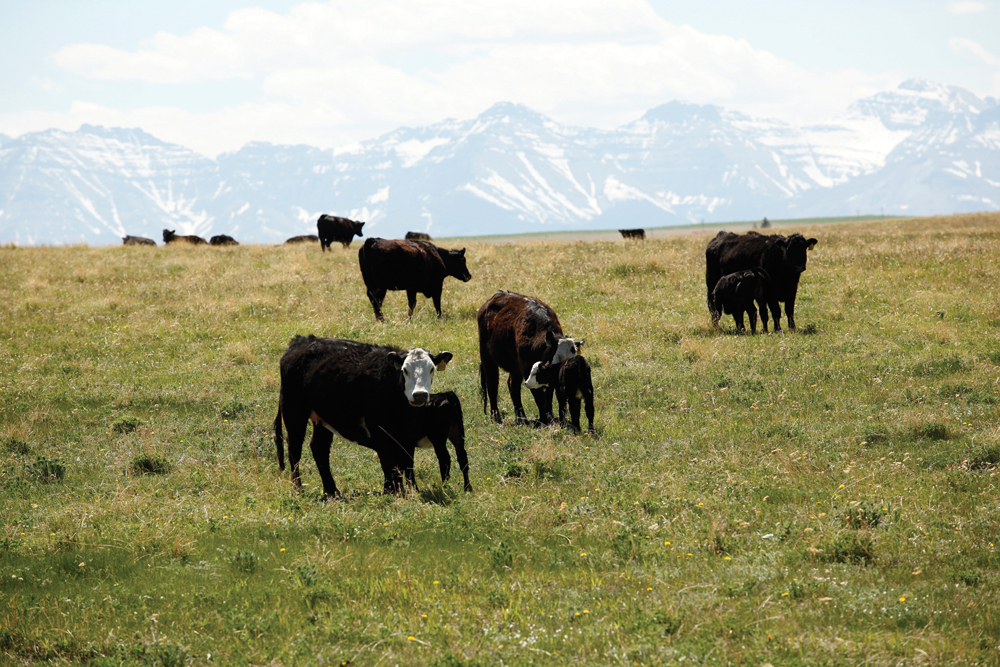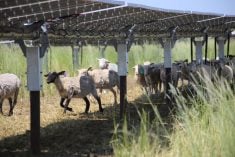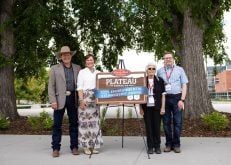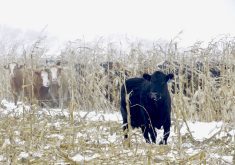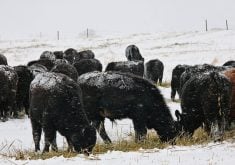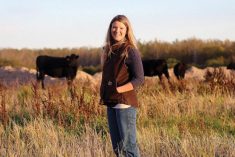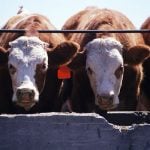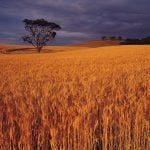Cattle are often demonized as environmental polluters, but grazing them can have a positive impact on grasslands.
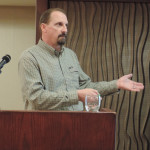
“Grasslands store a lot of carbon and we should be proactively thinking about the value of that carbon, not to mention all the environmental goods and services they provide,” said Edward Bork, professor of rangeland ecology at the University of Alberta.
“In my opinion, that’s the reason why the retention of grasslands is so important. It adds social licence because these benefits are received together with forage production and livestock production.
“It’s one of the drivers for why grazing on public lands should continue.”
Grasslands are not only valuable for grazing, they’re also necessary for wildlife habitat.
“The conservation and retention of these grasslands is important and grazing is an important vector to help maintain them,” Bork said at a recent Alberta Forage Industry Network meeting.
Read Also
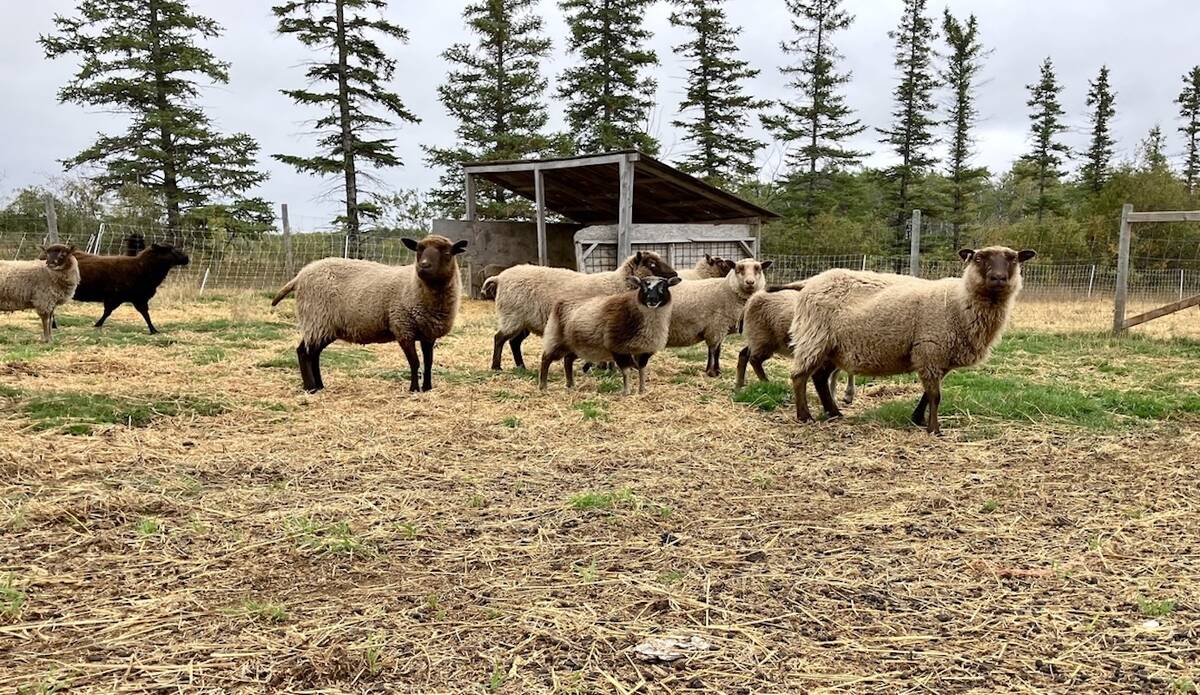
Mosquito-borne virus could be devastating to sheep breeding operations
Cache Valley virus, a mosquito-borne disease that infects small ruminants, could be a devastating hit to small operations.
Bork and his research team, in association with Alberta Environment and Parks, surveyed 114 sites throughout Alberta to study the effects of grazing. The sites were in the upper parkland, the upper foothills, the montane, and mixed grass areas of the province. The researchers measured biomass, carbon stores, and the diversity of plants species.
“Grazing is an intrinsic step to help us maintain plant biodiversity,” said Bork. “It knocks down the vigour of the dominant grasses and allows other species to increase in the understory.”
The largest and most significant results were seen in foothills fescue sub-region, southwestern Alberta, and in the central parkland.
The researchers found only 10 per cent of plant communities consisted of introduced plant species. Dry mixed grass and the parkland had the same abundance of introduced species, whether or not there was grazing. The only places where more introduced species appeared was in the wetter environments, like the montane or the upper foothills. The increase in introduced species also coincided with greater productivity and increased diversity in the grazed environments in the montane and upper foothills.
This all translated into a boost in production.
This is a good thing for cattle ranchers, but it may also be a good thing for wildlife habitat and management.
Grazing also helped to mitigate or reduce the presence of shrubs in the montane and upper foothills.
“With fire suppression, we’ve seen large-scale shifts in that part of Alberta, away from grassland to shrubland-dominated habitats,” said Bork.
Grasslands are enormous carbon captures. Worldwide, they contain over 50 per cent of the world’s organic carbon. The amount of carbon in the soil helps offset the rise in carbon dioxide in the atmosphere.
But converting grassland into other land use can have a significant impact on carbon storage and carbon release.
“We’re losing up to 20 to 50 per cent of the carbon through land-use conversion. These are staggering numbers when you think of it,” said Bork.


